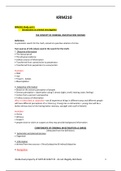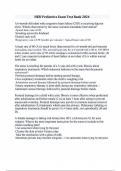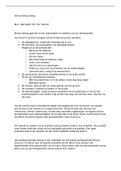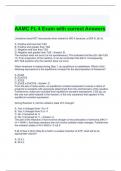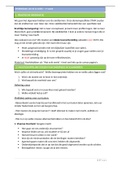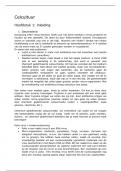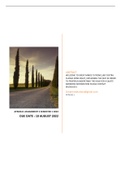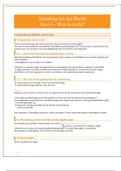Summary
Summary KRM210 notes Section A (units 1, 2, 3, 4)
- Course
- Criminology 210 (KRM210)
- Institution
- Teachme2-tutor
These notes include: study guide aims and outcomes, notes from slides and lectures, and in-depth textbook summaries. Distinction-worthy notes.
[Show more]
